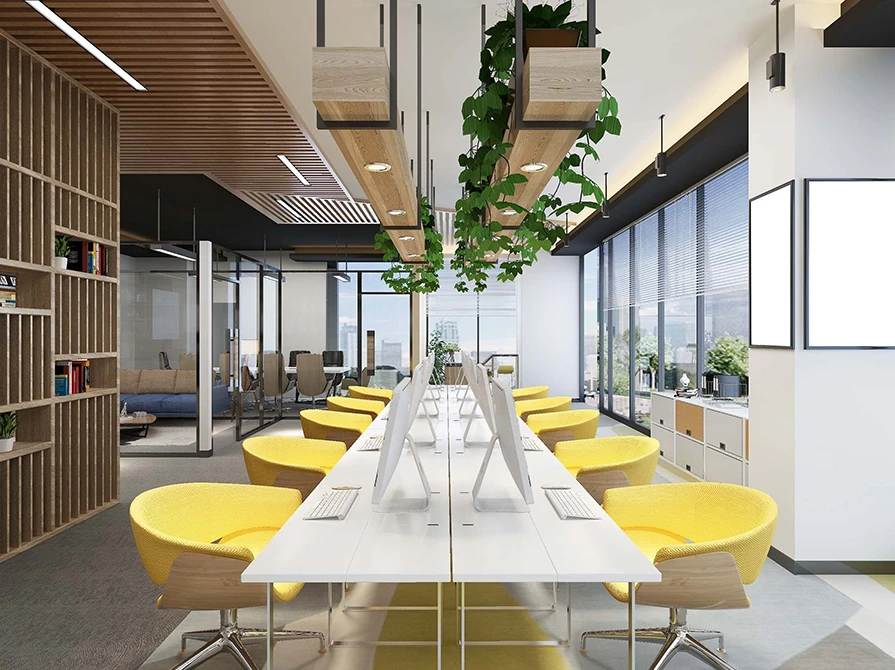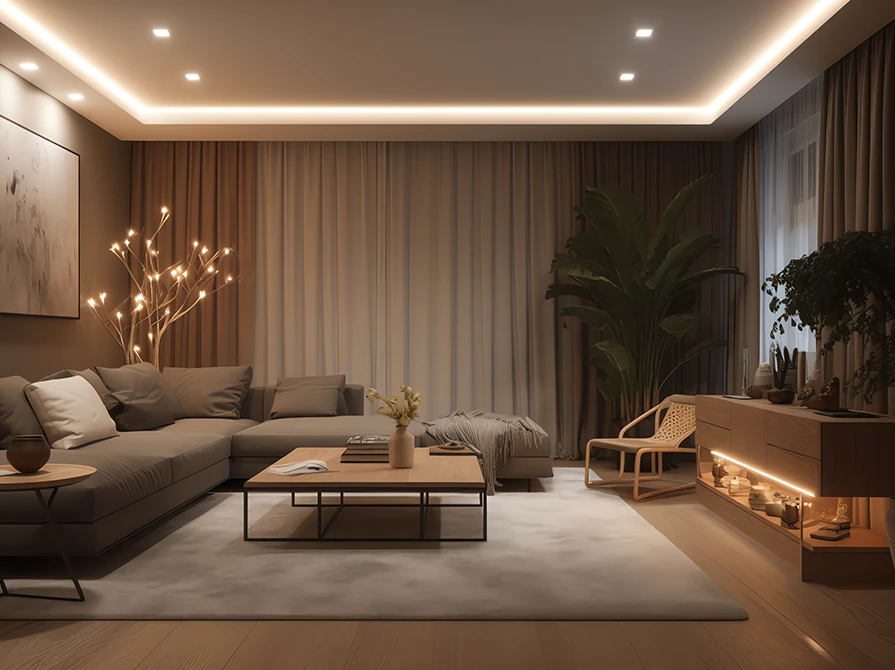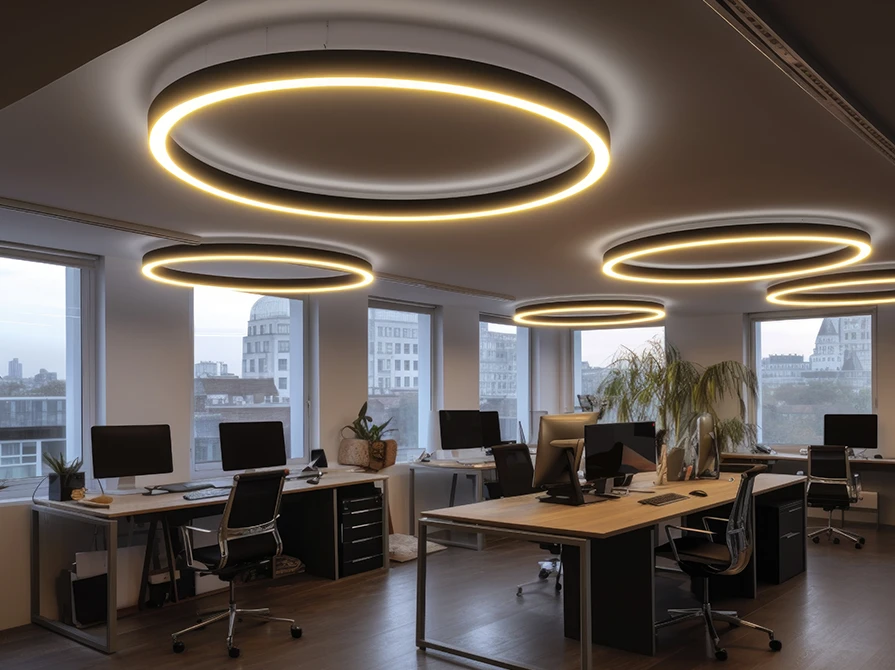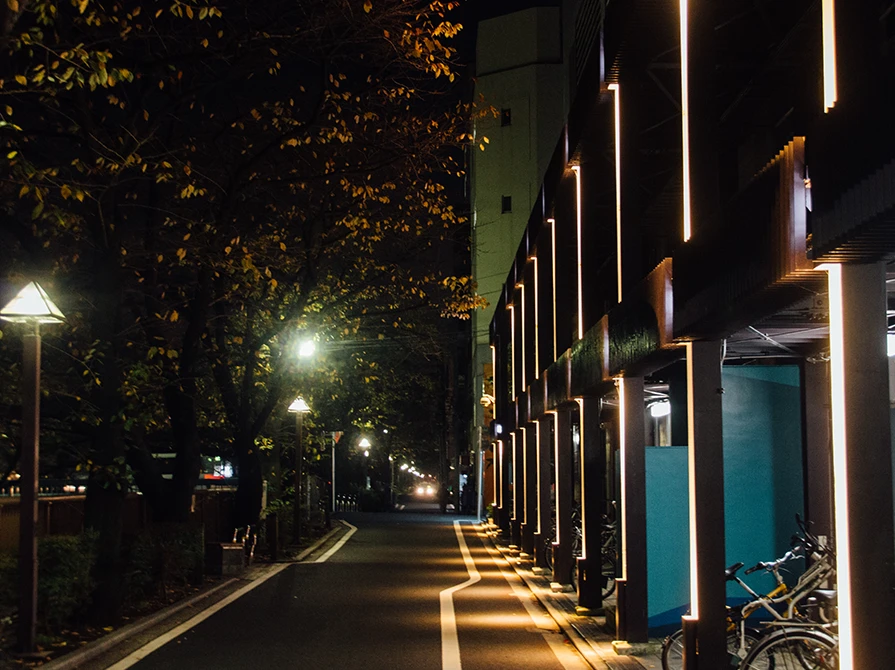

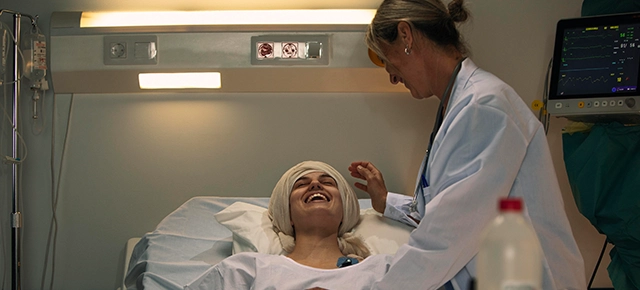
In healthcare environments, patient satisfaction and outcomes are paramount. Lighting, often an overlooked aspect, plays a crucial role in enhancing patient experiences and clinical outcomes. A well-designed lighting system in healthcare facilities can significantly impact patients' psychological and physiological well-being, contributing to better health outcomes and higher satisfaction rates. This blog explores the principles and benefits of patient-centric lighting design and provides strategies for its implementation in healthcare settings.
The right lighting can create an environment conducive to healing and recovery. Natural light, for instance, has been shown to improve mood, reduce pain perception, and accelerate recovery times. Access to daylight helps regulate circadian rhythms, which in turn promotes better sleep patterns and overall health.
Hospital stays can be stressful for patients. Bright, harsh lighting can aggravate anxiety and discomfort. Conversely, warm, ambient lighting can create a soothing atmosphere, helping patients feel more at ease. Soft, indirect lighting can minimize glare and reduce visual discomfort, making the environment more comfortable for patients.
Circadian rhythms, the body’s natural sleep-wake cycle, are heavily influenced by light. Disruptions to this cycle, common in hospital settings due to artificial lighting and irregular sleep patterns, can negatively affect patients’ health. Implementing lighting that mimics natural daylight patterns can help maintain circadian rhythms, promoting better sleep and overall well-being.
Maximizing the use of natural light is a fundamental principle of patient-centric lighting design. Exposure to natural light has numerous benefits, including improved mood, enhanced alertness, and better sleep quality.
Strategies:
Dynamic lighting systems adjust the intensity and color temperature of artificial light throughout the day, simulating natural daylight patterns. This approach helps maintain circadian rhythms and enhances patients’ comfort.
Features:
A well-designed lighting plan incorporates multiple layers of light to address different needs and activities. The three main layers are ambient, task, and accent lighting.
Ambient Lighting:
Task Lighting:
Accent Lighting:
Patients should have the ability to control their lighting environment. Providing adjustable lighting options empowers patients and enhances their comfort and satisfaction.
Methods:
Patients who feel comfortable and at ease in their environment are more likely to report higher satisfaction levels. Thoughtful lighting design can significantly enhance the patient experience, making hospital stays more pleasant. Soft, ambient lighting can create a welcoming atmosphere, reducing the institutional feel of hospital settings. By allowing patients to control their lighting environment, healthcare facilities can provide a sense of empowerment and comfort, leading to improved patient satisfaction scores. Additionally, well-lit spaces can help patients navigate the hospital more easily, enhancing their overall experience.
Proper lighting can positively impact clinical outcomes by supporting natural sleep patterns, reducing stress, and improving overall well-being. Patients who experience less stress and better sleep are likely to recover more quickly and have better health outcomes. Effective lighting design can mimic natural daylight cycles, helping to regulate circadian rhythms and improve sleep quality. Reduced stress levels, facilitated by a soothing lighting environment, can lower blood pressure and improve the body's ability to heal. This holistic approach to patient care can lead to quicker recoveries and better long-term health.
While the focus is on patients, staff also benefit from well-designed lighting. Adequate lighting reduces eye strain and fatigue, improving concentration and productivity. This can lead to more efficient and accurate patient care. Bright, task-oriented lighting in critical areas such as nursing stations and operating rooms ensures that medical staff can perform their duties with precision. Furthermore, dynamic lighting systems that adjust throughout the day can help reduce the incidence of shift work disorder among healthcare workers, leading to improved job satisfaction and lower turnover rates.
Modern lighting solutions, such as LED fixtures and smart controls, are energy-efficient and environmentally friendly. Implementing these technologies reduces energy consumption and operational costs, contributing to a more sustainable healthcare facility. Energy-efficient lighting systems not only lower utility bills but also reduce the facility's carbon footprint. Smart controls that automate lighting based on occupancy and daylight availability can further enhance efficiency. Investing in sustainable lighting solutions aligns with broader environmental goals and can demonstrate the hospital’s commitment to sustainability.
Patient-centric lighting design is a powerful tool for enhancing patient experiences and improving clinical outcomes. By prioritizing natural light, implementing dynamic and layered lighting, and ensuring flexibility and control, healthcare facilities can create environments that promote healing, reduce stress, and boost satisfaction. As technology continues to advance, the potential for innovative lighting solutions will expand, offering new opportunities to improve the quality of care and the overall healthcare experience.
By adopting these strategies, healthcare providers can create welcoming, comfortable, and efficient spaces that support the well-being of patients and staff alike. The journey towards patient-centric lighting design is ongoing, but its benefits are clear: better health outcomes, higher patient satisfaction, and a brighter future for healthcare environments. Get in touch with us to know how Wipro Lighting can help design excellent lighting environments for your healthcare facilities.
